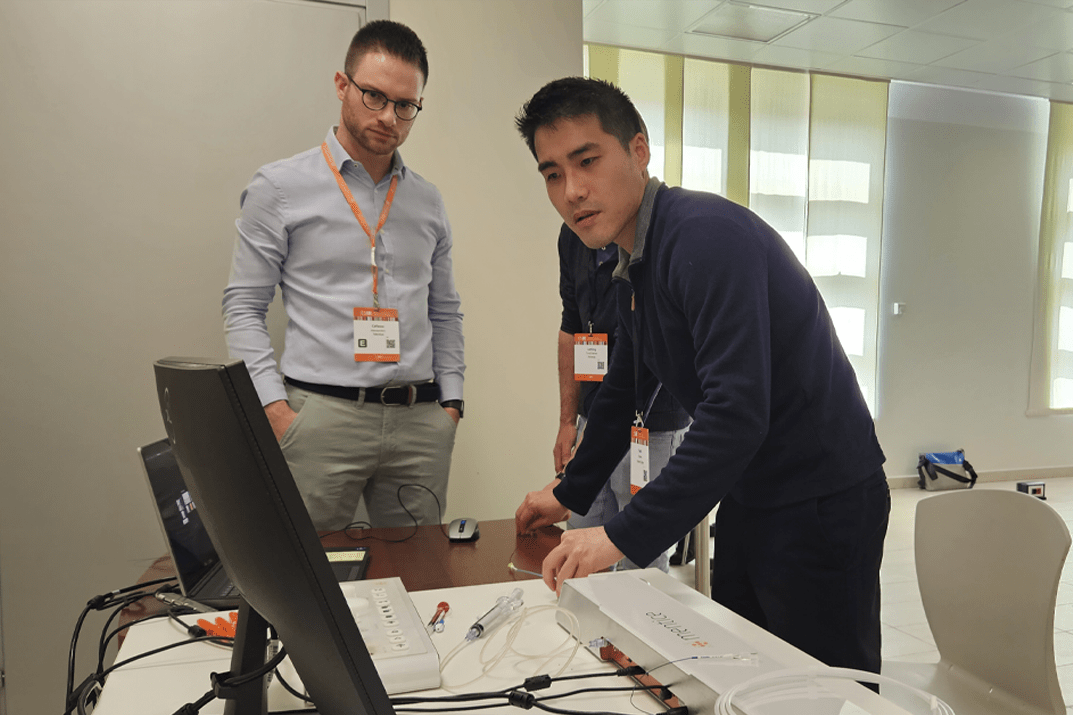CIRSE: PAE has come a long way over the last decade. When did you first begin performing PAE, and how has your practice evolved in this time?
We started performing PAE in 2011. At that time, it was still a pioneering technique, with limited clinical data and very few centers offering it. Since then, our practice has evolved significantly, especially in terms of patient selection, pre- and post-procedural management, imaging protocols, embolic materials, catheter techniques, and recovery pathways. We now treat a broader and more complex range of patients and have established a close multidisciplinary collaboration with urologists, which is essential for optimal outcomes.
CIRSE: Has the recent inclusion of PAE in the AUA guidelines impacted practice?
Yes, it has had a meaningful impact. The inclusion in the AUA guidelines has enhanced the credibility of the procedure and increased referrals from urologists and general practitioners. It has also encouraged more structured collaboration between specialties and reassured patients about the legitimacy and safety of the treatment.
CIRSE: What are the key techniques and skills essential for physicians performing PAE?
Physicians need to master pelvic vascular anatomy and have excellent microcatheter navigation skills. Pre-procedural imaging interpretation and cone-beam CT use are also essential. Managing anatomical variations and complications requires a solid technical background and clinical judgment. Good communication with the referring urologist, especially regarding patient selection and follow-up, is equally important for successful patient outcomes.
CIRSE: Who should attend this course? What will make this course different from previous PAE courses?
This course is ideal for interventional radiologists at any stage of their PAE learning curve – from those just getting started to those seeking to refine their techniques. What makes ESIR-PAE course unique is the combination of high-level theory, challenging case discussions, and extensive hands-on training with simulators. Also, as this is the fourth year we’re hosting the course, we’ve built a rich and evolving program based on participant feedback and clinical experience.
CIRSE: What are you most looking forward to?
We are especially looking forward to meeting and exchanging ideas with colleagues from across Europe and beyond. Every edition brings new perspectives, clinical challenges, and practical insights. Teaching in this setting is always stimulating – and it’s very satisfying to see participants grow in confidence during the course.


